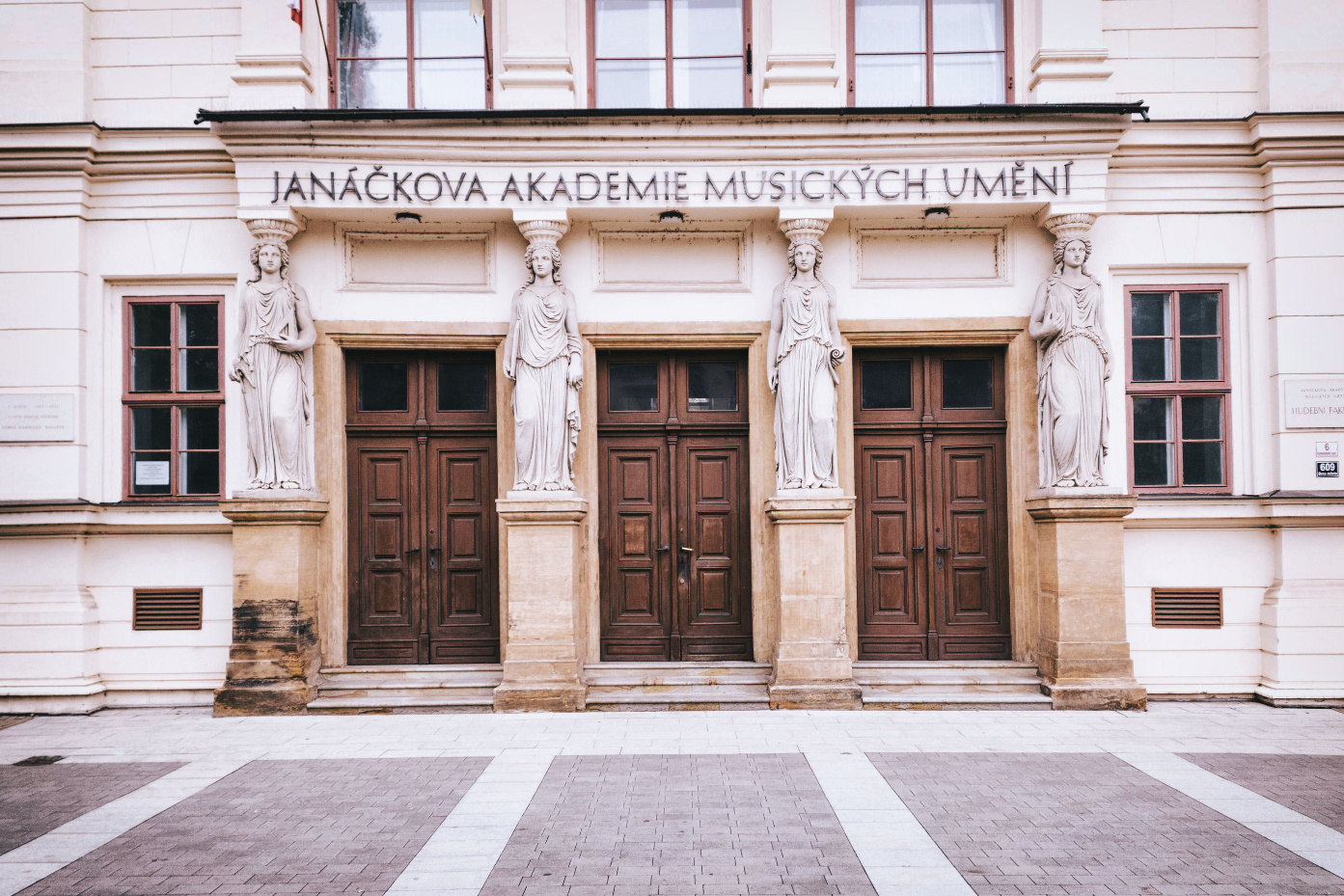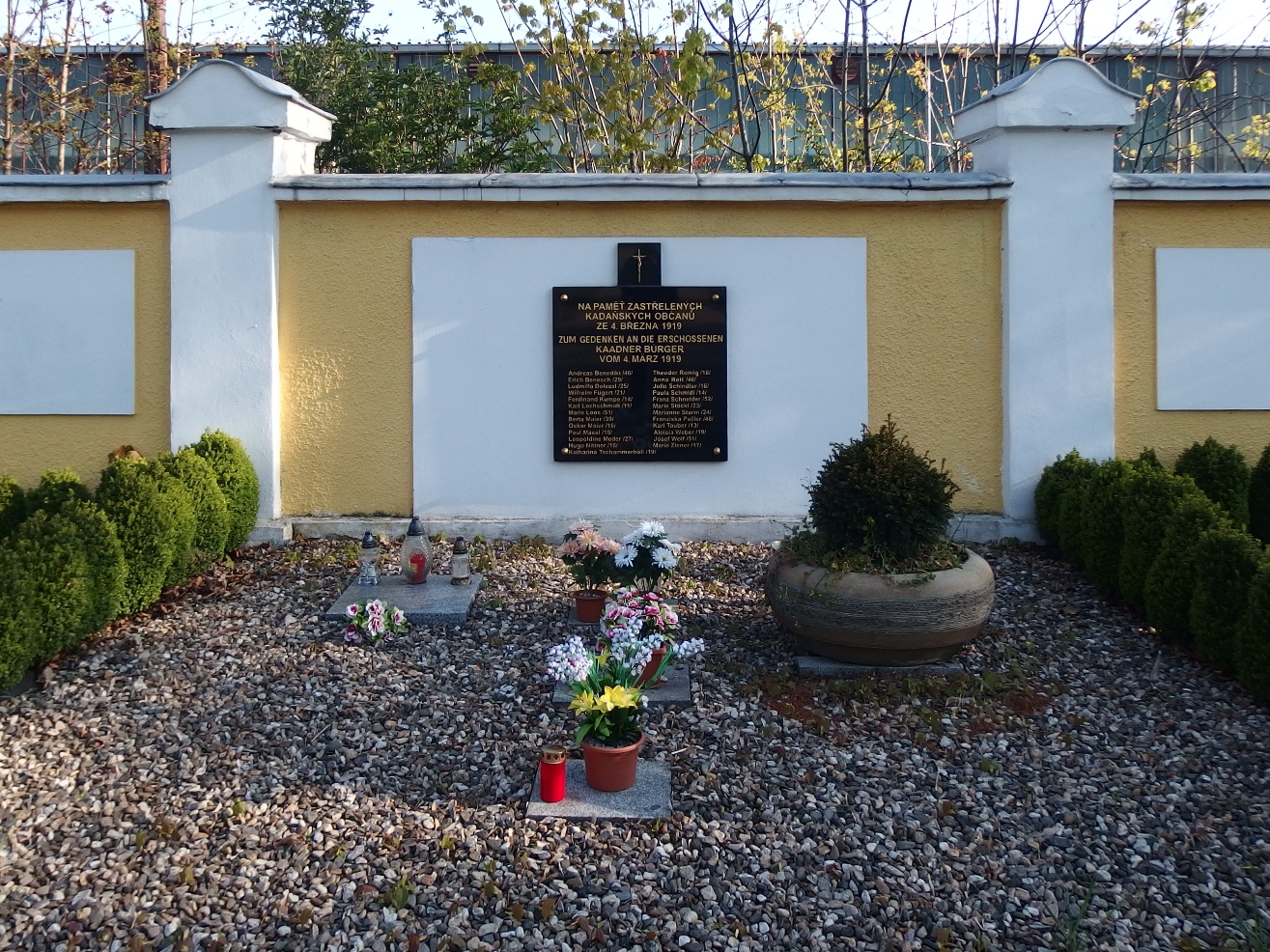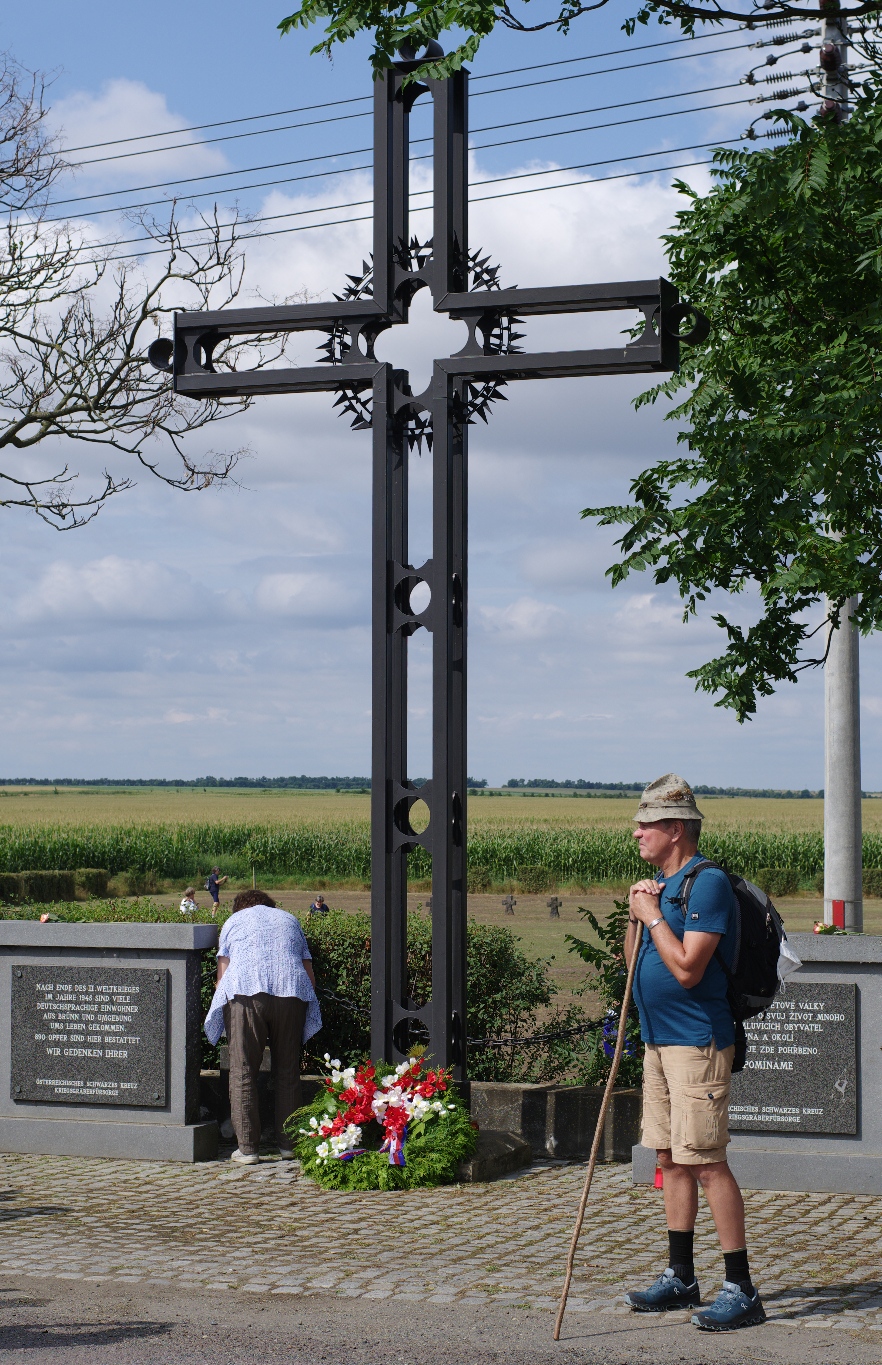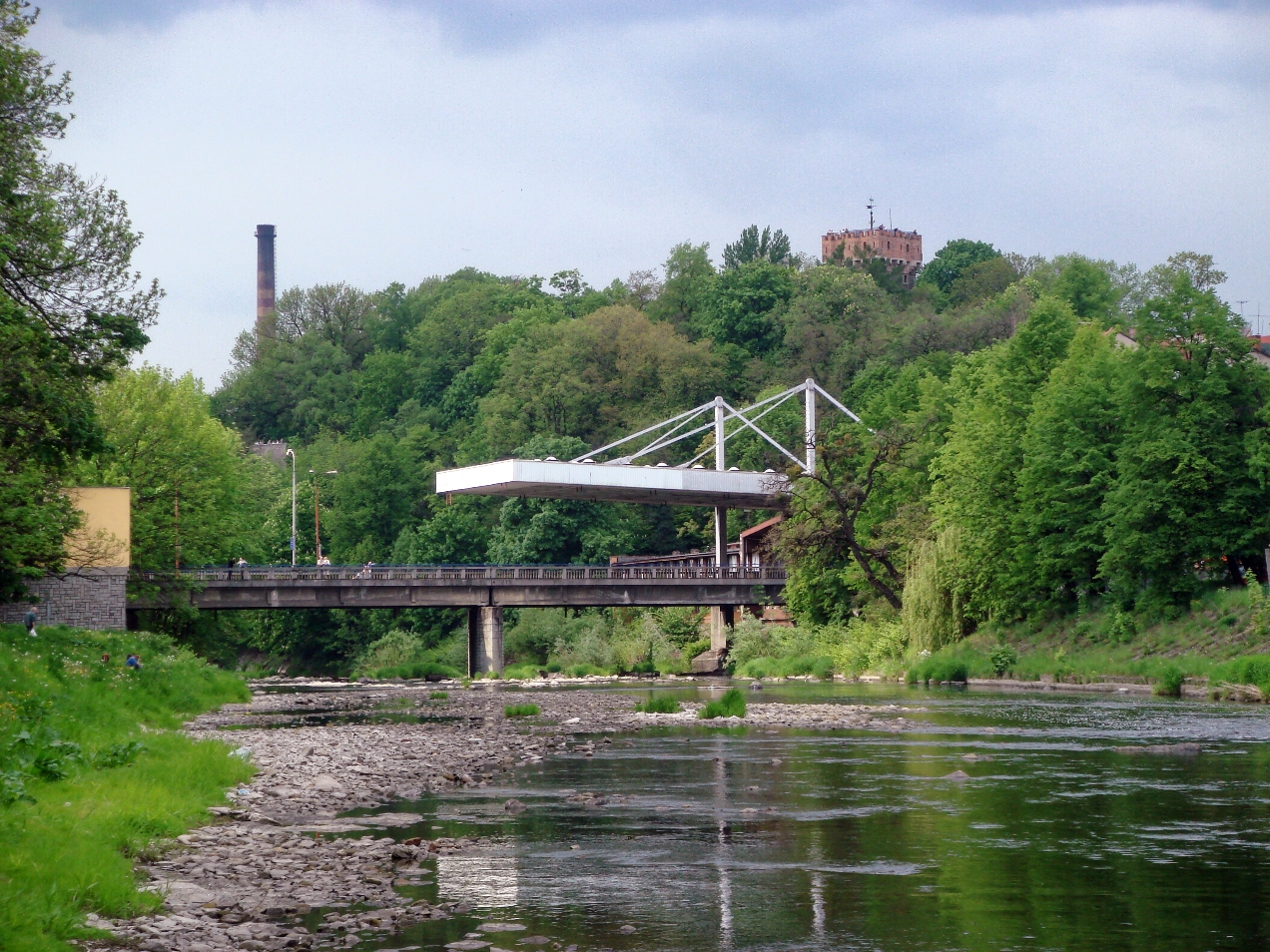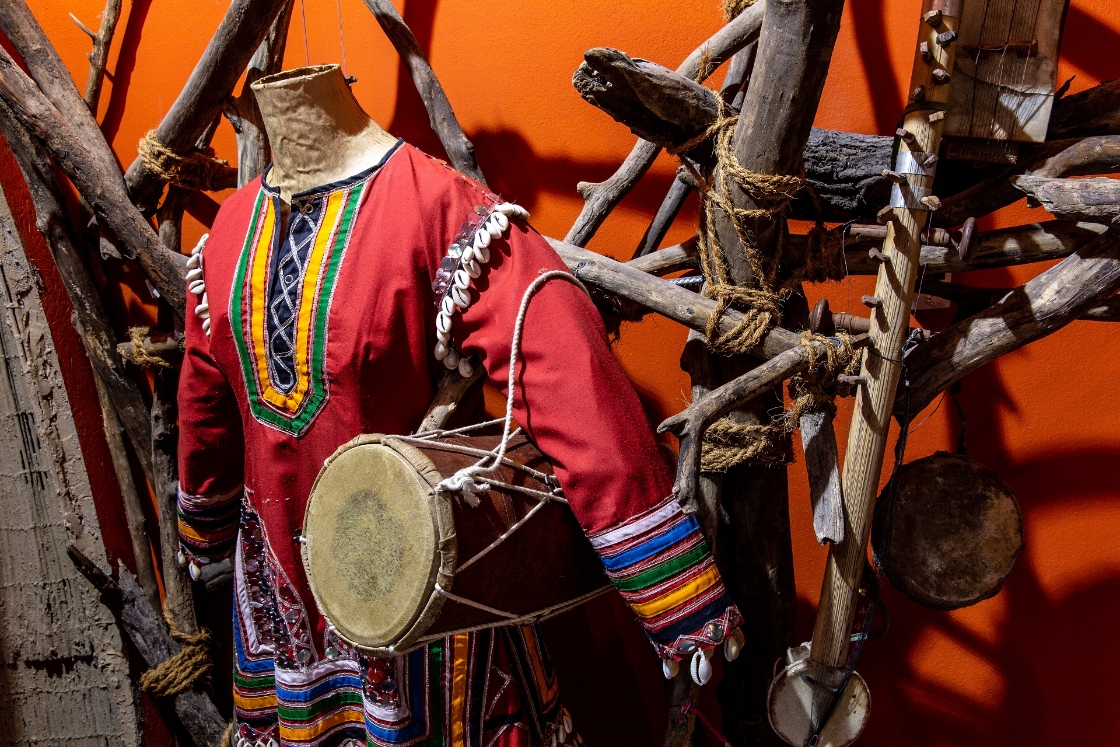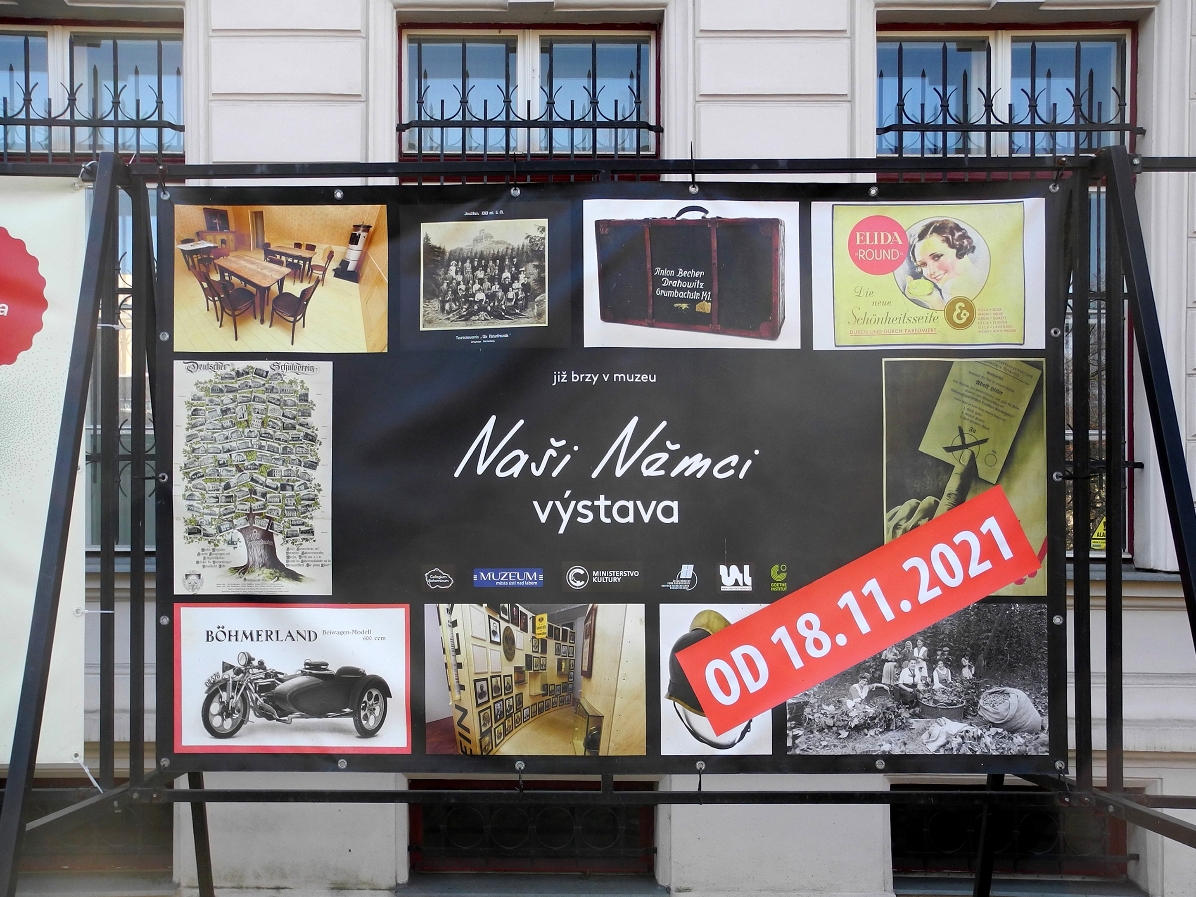
The difficult search for multiethnic coexistence – Ústí nad Labem
Czech figure of the „The emancipation of minorities” topic
The contemporary Czechia is constituted by three historical regions: Bohemia, Moravia and a portion of Silesia. The territory has been inhabited for millennia by a multitude of ethnic groups. In ancient times, the area was inhabited by the Celts, the first known inhabitants of the Czech lands. During the Roman Empire, it was populated by the Germans. The Boii, one of the Celtic tribes that inhabited the territory, bestowed upon it the name Bohemia in Latin and numerous other foreign languages. Following the departure of the Germanic Marcomanni during the Migration of Nations, the region was populated by Slavic tribes, among whom the Czechs established a dominant presence.
In essence, the historical development of the Czech lands from the 10th century to the present day is inextricably linked with the Slavic Czechs. However, it is inaccurate to assume that the territory was and is not inhabited by populations belonging to other ethnic groups and collective identities. The coexistence of these groups has resulted in economic cooperation and cultural enrichment, but also in conflicts.
The Czechs are linguistically most closely related to the Slovaks, with whom they have shared a significant portion of recent history. However, the largest non-Slavic ethnic group over many centuries had been the German population (from the 1930s onwards referred to as the „Sudeten Germans”). The close relationship between the Bohemian Kingdom and the medieval Holy Roman Empire facilitated the settlement of Germans in Czech lands. They arrived in various capacities, including as clergy, merchants, craftsmen, artists, entrepreneurs, as well as town builders and settlers in sparsely populated or depopulated areas due to military conflicts. Over time, the Czech lands evolved into bilingual, ethnically mixed societies, and the diversity served as a catalyst for economic, cultural, and educational advancement, but also caused deep political crises.
In particular, during the nineteenth and early twentieth centuries, as modern collective national identities emerged in Central Europe, the rivalry between the cultural and political elites of Czech and German populations intensified. This gave rise to an ethno-political conflict over the „national” character of the country. This conflict reached its zenith in two phases during the 1940s. Firstly, during the German occupation of the Czech lands, the Nazis sought to implement a plan for the racial „Germanisation” of the Czech population. Then, in the aftermath of Nazism’s downfall, the Czechoslovak political representatives resolved to forcibly displace the Sudeten German population.Despite this act of expulsion, whereby only a fraction of the original German population remained on the Czech territory, the modern Czechia did not become the exclusive domicile of a single ethnic group. Since the Middle Ages, the Czech lands have been home to Jews, whose fate is discussed in other sections, and another ethnic group that has suffered repeated persecution: the Roma and Sinti. The Těšín region of Silesia, which was divided between Czechoslovakia and Poland following the First World War, is home to a lively Polish minority. A considerable number of Greek families who were seeking refuge from the Greek Civil War were able to find a haven in the Czech lands in the late 1940s. Since the 1980s, Vietnamese and, in the last three decades, Ukrainians have migrated to Czechoslovakia in search of employment opportunities. Finally, following the dissolution of Czechoslovakia in 1992, the Czech Republic has been home to over 150,000 Slovaks.
Further reading:
Donert, Celia, The Rights of the Roma. The Struggle for Citizenship in Postwar Czechoslovakia, Oxford 2017.
Beneš, Zdeněk – Kural, Václav (eds.), Facing history: the evolution of Czech-German relations in the Czech provinces, 1848-1948, Prague 2002.
Majewski, Piotr Maciej. „Niemcy sudeccy” 1848-1948: Historia pewnego nacjonalizmu, Warszawa 2007.
Friedl, Jiří, Na jednym froncie. Czechosłowacko-polskie stosunki wojskowe 1939–1945, Warszawa 2011.
Facts


